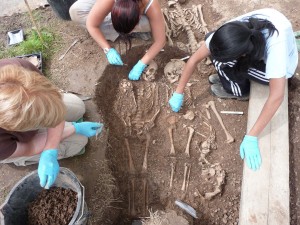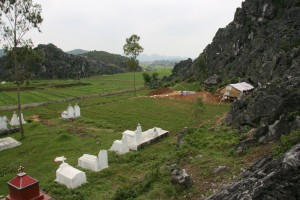They say a picture is worth a thousand words, but to an archaeologist a picture can mean so much more. Although archaeologists can use photographs to assess sites they have never visited, there is an even greater promise in the combined futures of archaeology and photography. Because of the innovations that have been made in regards to photography, it is now possible that it can become a tool to capture the process of archaeology instead of just the end results.
When many people think about archaeology, they immediately think of the artifacts that archaeologists discover. However, there is an entire process that leads to finding these artifacts. When field work occurs, archaeologists spend time planning and surveying before they begin excavating, which is when the discovery of most artifacts occurs. With digital photography, it is now possible for archaeologists to document every step of the process that occurs at any given site. Instead of just having photographic documentation of the artifacts, archaeologists can now utilize photographs of the entire field work process to analyze how well each step of field work was executed.
Digital photography is a development that has changed the way objects were captured and remembered. Once people could see what the photos they were taking looked like, it opened up an entirely new perspective on the possible uses of photography. Digital photography allows archaeologists to make sure that photos are in focus, that they have sufficient lighting so that people can see what is in the photograph, and that objects are captured in correct colors so that analysis may be as accurate as possible. Digital photography allows a photographer to capture numerous pictures, whereas cameras that required film were much more limited in the number of photographs that could be taken. The increase in the number of available photographs allows archaeologists to capture multiple elements of a site as well as the entire process that occurs at a site. Digital photography no longer limits how many pictures can be taken.
Another important aspect of digital photography is that it allows archaeologists to return to a site without physically having to visit it. If there are multiple photographs from multiple angles, then an archaeologist can continue to analyze different aspects of a site long after they have left the field. Digital photography allows the archaeologist to recreate the story of the site by analyzing its objects, landscape, and surroundings.
Sources:
Jansen, Alex. “Exploring the Future Roles for Archaeological Photography.” March 2012. <http://caaconference.org/wp-content/uploads/caa2012/posters/725_Jansen_CAA2012.pdf>
“Short Guide to Digital Photography in Archaeology.” June 2006. <http://www.bajr.org/documents/digitalphotography.pdf>
Photographs:
Image 1:
Image 2:
Further Reading:


